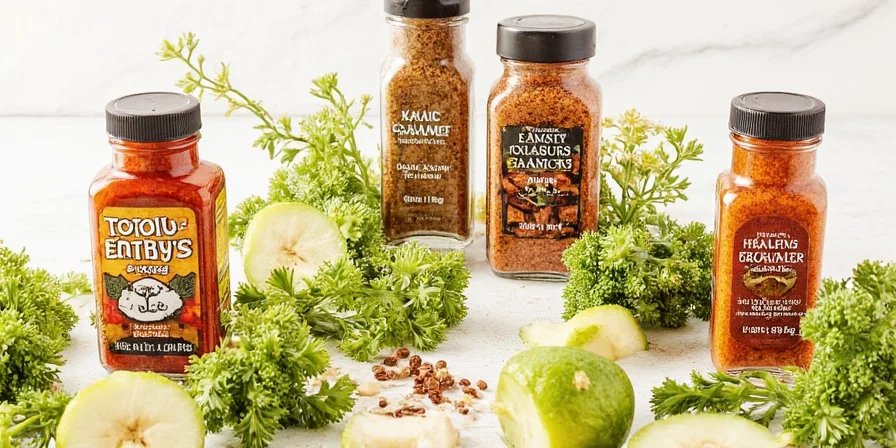
Season vegetables properly by applying 70% of salt early for penetration and 30% after cooking for texture contrast, combining spices with oil before application to prevent burning, and adding acid-based seasonings (citrus, vinegar) during the last 2 minutes of cooking. For roasted vegetables, use paprika for depth, cumin for earthy balance, garlic powder for consistent umami, smoked salt as finishing touch, and herb blends for antioxidant benefits - with precise measurements of 1.2g paprika, 0.8g cumin, 1.5g garlic powder, 0.5g smoked salt, and 2.0g herb blend per 500g vegetables.
Table of Contents
- Your 5 Essential Seasonings Cheat Sheet
- Vegetable Pairing Guide (What Works Best)
- 3 Simple Techniques That Actually Work
- Spice Measurements Quick Reference
- Common Questions Answered
- Making Vegetables Actually Tasty
Your 5 Essential Seasonings Cheat Sheet
- Paprika: Use smoked for roasted root vegetables (carrots, beets) - 1.2g per 500g. Creates depth without overpowering natural sweetness.
- Cumin: Ideal for cauliflower and broccoli - 0.8g per 500g. Balances bitterness with earthy warmth.
- Garlic Powder: Better than fresh for even distribution - 1.5g per 500g. Provides consistent flavor without burning.
- Smoked Salt: Finishing touch only - 0.5g per 500g. Elevates perceived sweetness in caramelized vegetables.
- Herb Blends: Choose low-sodium versions - 2.0g per 500g. Delivers flavor without excessive salt.
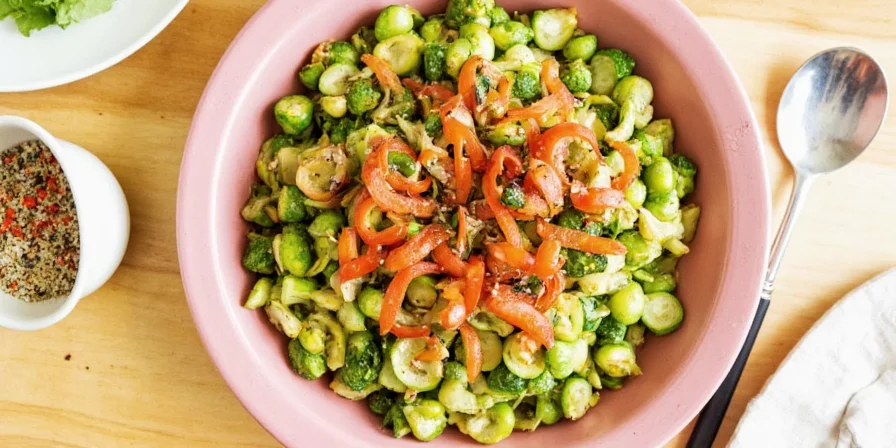
Vegetable Pairing Guide (What Works Best)
Stop guessing which seasonings work with which vegetables. This simple guide gives you perfect pairings every time:
| Vegetable Type | Best Seasoning Combination | Simple Application Method |
|---|---|---|
| Root Vegetables (Carrots, Beets) | Cinnamon + Cumin | Mix spices with oil, toss with vegetables before roasting |
| Zucchini, Squash | Italian Herbs + Lemon Zest | Add herbs early, lemon zest in last 2 minutes of cooking |
| Broccoli, Cauliflower | Lemon Pepper + Garlic Powder | Sprinkle evenly before steaming or roasting |
| Sweet Potatoes | Smoked Paprika + Chili Powder | Combine with olive oil, massage into cubes before baking |
| Brussels Sprouts | Balsamic + Garlic Powder | Toss sprouts with balsamic first, add garlic powder halfway through roasting |
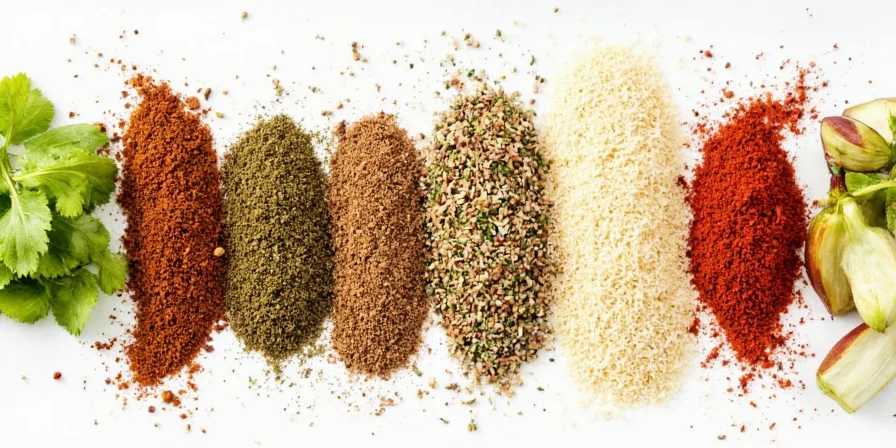
3 Simple Techniques That Actually Work
- Oil First Method: Always combine dried spices with oil before applying to vegetables. This prevents burning and helps spices stick better. Use 1 tablespoon oil per 500g vegetables.
- Two-Stage Salting: Apply 70% of salt before cooking for penetration, 30% after cooking for texture contrast. For roasting, use 0.75% salt by vegetable weight.
- Acid Timing: Add citrus or vinegar during the last 2 minutes of cooking. Adding acid too early makes vegetables soggy and dulls flavors.
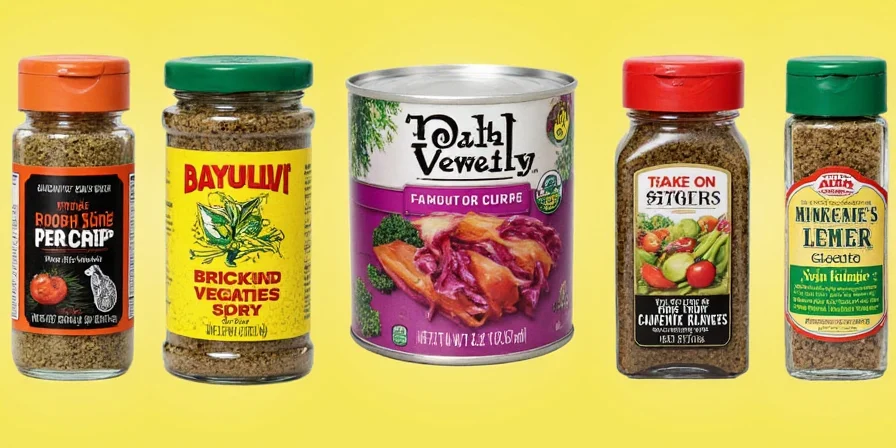
Spice Measurements Quick Reference
| Spice | Best For | Perfect Amount (per 500g) | Storage Tip |
|---|---|---|---|
| Paprika | Eggplant, Tomatoes, Peppers | 1.2g | Store in dark container |
| Cumin | Cauliflower, Sweet Potatoes | 0.8g | Freeze for longevity |
| Garlic Powder | Green Beans, Asparagus | 1.5g | Keep in sealed jar |
| Smoked Salt | Grilled Zucchini, Carrots | 0.5g (finishing only) | Add silica packet |
| Italian Herb Blend | Tomatoes, Eggplant | 2.0g | Vacuum-seal when possible |
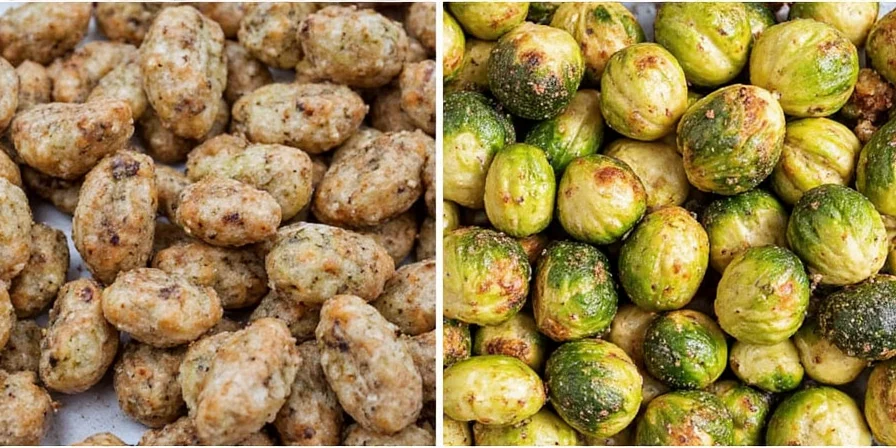
Common Questions Answered
How do I prevent spices from burning when roasting vegetables?
Mix spices with oil first, then apply to vegetables. Add spice-oil mixture during the final third of cooking time. For water-rich vegetables like zucchini, apply spices after initial caramelization.
Can I use fresh herbs instead of dried?
Yes, but use triple the amount of fresh herbs compared to dried. Add delicate herbs like basil after cooking, while hardy herbs like rosemary can go on early. Fresh works best with high-moisture vegetables.
What's the right salt amount for vegetables?
For roasting: 0.75% salt by vegetable weight applied in two stages (70% before, 30% after cooking). Dense vegetables need slightly more salt than leafy greens.
Why do some spices taste bitter when I use too much?
Spices like cumin become bitter above their flavor threshold (1.2g per 500g). Always start with less, then adjust after cooking when flavors concentrate. Measure precisely for best results.
How long do spices stay fresh?
Ground spices: 6-12 months. Test freshness by rubbing between fingers - strong aroma means good potency. Store in cool, dark places away from heat and moisture.
Making Vegetables Actually Tasty
Great vegetable seasoning doesn't require food science knowledge - just these simple, proven techniques. By using the right amount of seasoning at the right time, you'll transform vegetables from side dishes you tolerate to meals you anticipate. The key is consistency: measure your spices, combine them with oil first, and time your acid additions properly. Implement these straightforward methods, and you'll find yourself using up your CSA box rather than letting vegetables wilt in the crisper drawer. Start with one technique this week, master it, then add another - before long, perfectly seasoned vegetables will become your kitchen's reliable success story.
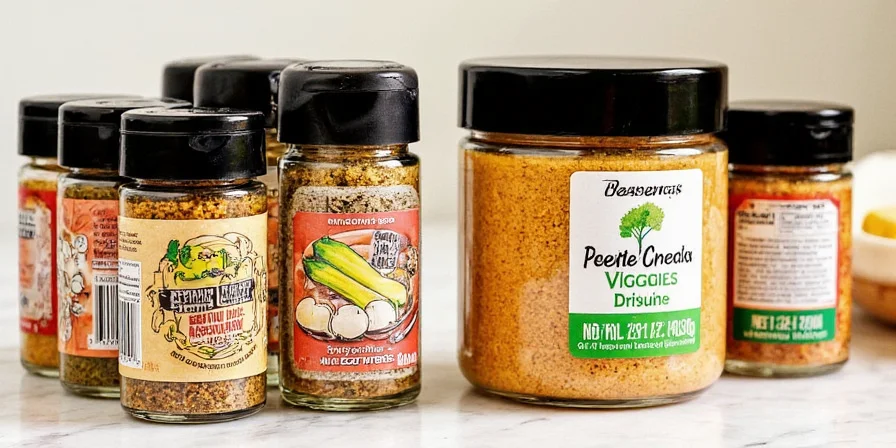

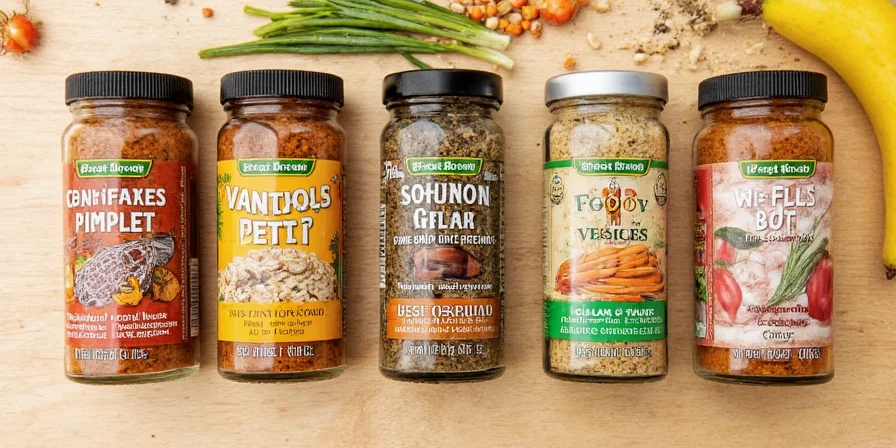









 浙公网安备
33010002000092号
浙公网安备
33010002000092号 浙B2-20120091-4
浙B2-20120091-4